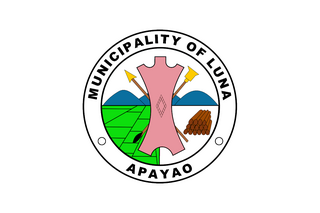
Luna, officially the Municipality of Luna, is a 2nd class municipality in the province of Apayao, Philippines. According to the 2020 census, it has a population of 21,297 people. It currently serves as the de facto capital of Apayao where the provincial capitol and related offices is located the New Apayao Government Center. Kabugao remains as the de jure capital.

Pudtol, officially the Municipality of Pudtol,, is a 4th class municipality in the province of Apayao, Philippines. According to the 2020 census, it has a population of 15,491 people.
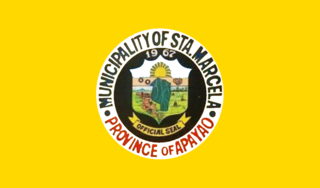
Santa Marcela, officially the Municipality of Santa Marcela, is a 4th class municipality in the province of Apayao, Philippines. According to the 2020 census, it has a population of 13,317 people.

Danglas, officially the Municipality of Danglas, Municipal District of Danglas, is a 5th class municipality in the province of Abra, Philippines. According to the 2020 census, it has a population of 4,074 people.
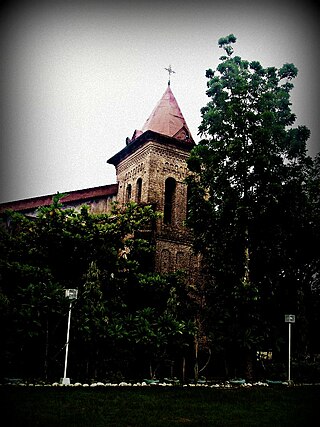
Lagangilang, officially the Municipality of Lagangilang, is a 5th class municipality in the province of Abra, Philippines. According to the 2020 census, it has a population of 14,914 people.

Langiden, officially the Municipality of Langiden, is a 5th class municipality in the province of Abra, Philippines. According to the 2020 census, it has a population of 3,576 people.
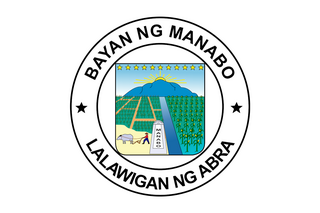
Manabo, officially the Municipality of Manabo, is a 5th class municipality in the province of Abra, Philippines. According to the 2020 census, it has a population of 11,611 people.

Peñarrubia, officially the Municipality of Peñarrubia, is a 6th class municipality in the province of Abra, Philippines. According to the 2020 census, it has a population of 6,951 people.

Pidigan, officially the Municipality of Pidigan, is a 5th class municipality in the province of Abra, Philippines. According to the 2020 census, it has a population of 12,475 people.

San Isidro, officially the Municipality of San Isidro, is a 5th class municipality in the province of Abra, Philippines. According to the 2020 census, it has a population of 4,745 people.

San Quintin, officially the Municipality of San Quintin, is a 5th class municipality in the province of Abra, Philippines. According to the 2020 census, it has a population of 5,705 people.
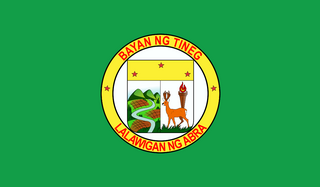
Tineg, officially the Municipality of Tineg, is a 2nd class municipality in the province of Abra, Philippines. According to the 2020 census, it has a population of 4,977 people.

Tubo, officially the Municipality of Tubo, is a 4th class municipality in the province of Abra, Philippines. According to the 2020 census, it has a population of 5,674 people.

Calanasan, officially the Municipality of Calanasan,, is a 1st class municipality in the province of Apayao, Philippines. According to the 2020 census, it has a population of 12,550 people.
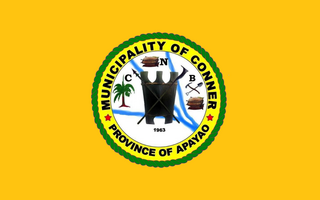
Conner, officially the Municipality of Conner,, is a 2nd class municipality in the province of Apayao, Philippines. According to the 2020 census, it has a population of 27,552 people.
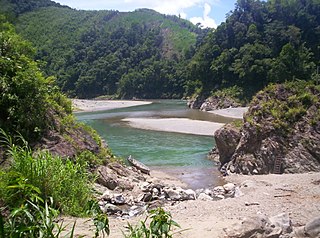
Kabugao, officially the Municipality of Kabugao, is a 1st class municipality and de jure capital of the province of Apayao, Philippines. According to the 2020 census, it has a population of 16,215 people.

Pinukpuk, officially the Municipality of Pinukpuk is a 1st class municipality in the province of Kalinga, Philippines. According to the 2020 census, it has a population of 34,275 people.
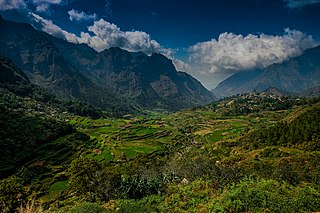
Bakun, officially the Municipality of Bakun,, is a 3rd class municipality in the province of Benguet, Philippines. According to the 2020 census, it has a population of 14,535 people.

Bokod, officially the Municipality of Bokod,, is a 4th class municipality in the province of Benguet, Philippines. According to the 2020 census, it has a population of 14,435 people.

Asipulo, officially the Municipality of Asipulo is a 5th class municipality in the province of Ifugao, Philippines. According to the 2020 census, it has a population of 15,963 people.
























